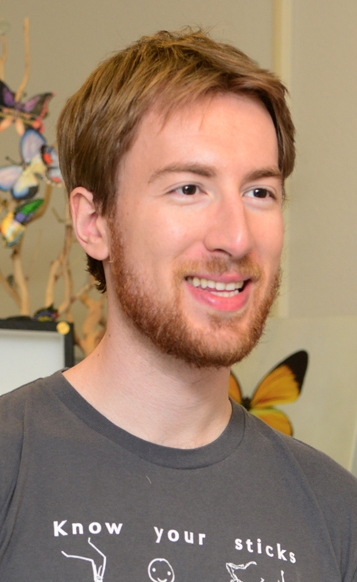
Mussen, who retired in June after 38 years of service, says "Neonics are only one of the classes of pesticide residues that we frequently find in analyses of adult bees, beeswax and stored pollens. We encounter CCD in colonies in which no neonicotinoid residues can be found, and we find colonies surviving year after year with measurable residues of neonicotinoids in the hives. Obviously, neonicotinoids do not appear to be ''the primary' cause of CCD."
Enter Matan Shelomi, a young, thoughtful and articulate entomologist who frequently answers questions on Quora. Huffington Post picked up his comments on Quora--What's the deal with the Bees?--about our bee-leagured bees. (Quora, launched by Harvard students, is a site where you can ask questions and get answers, and Shelomi answers plenty of them and quite well. A couple of years ago he tied for a first-place Shorty Award, the social media-equivalent of an Oscar.)
But first, more about Matan Shelomi. He's a Harvard graduate who received his doctorate in entomology this year from UC Davis, studying with major professor Lynn Kimsey, director of the Bohart Museum of Entomology and UC Davis professor of entomology. He is presently a postdoctoral researcher at the c in Jena, Germany. It's a two-year position funded by a National Science Foundation Postdoctoral Research Fellowship in Biology. "My work is a continuation and expansion of my doctoral research at Davis: I am studying the endogenous cellulases and pectinases of the stick insects (Phasmatodea). By taking insect genes for these enzymes and expressing them in insect cell lines, we can quantitatively test the function of these genes and try to determine what role they play in the living insect and how they evolved."
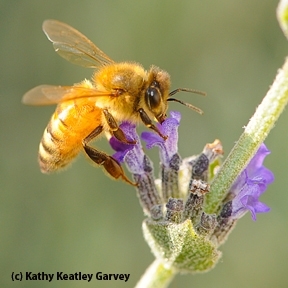
Shelomi keyed in on those questions and more after hearing "a great talk by the venerable Dr. May Berenbaum, a wonderful entomologist and effectively the scientific spokesperson about Colony Collapse Disorder (CCD), the technical term for the phenomenon of vanishing bees. So I present here for you the current state of knowledge on CCD: its history, its causes, and what we can do so stop it." Berenbaum, professor and head of the Department of Entomology at the University of Illinois, is in line to be president of the 7000-member Entomological Society of America.
"CCD does not have one cause," Shelomi emphasized. "There is no one chemical to ban or one company to censure or one critter to eradicate. Instead, CCD is the product of several factors whose whole is deadlier than the sum of its parts: a perfect storm of biological and cultural issues that are too much for the already genetically weak honeybees to handle. However, honeybees and bees themselves are not going extinct anytime soon."
Shelomi noted that honey bees are not native to America. "European honey bees were imported to the United States a few centuries ago, where they adapted well to the local plants. Without bees, certain crops (most notably almonds) could not be produced."
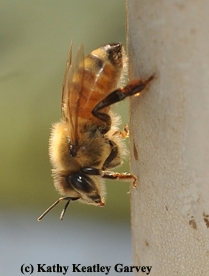
"Beekeeping practice also changed remarkably in the past century. Beekeepers realized the market for pollination, and began to transport their hives around the country following the crop seasons, first by rail and then by truck. The demand for bees was higher than the supply, however. In the USA, the Almond Board successfully lobbied Congress to allow the importation of bees from Australia, which was illegal at the time to prevent the importation of foreign bee diseases. As the world changed and more wild land was converted to agricultural land, then agricultural land to urban land, the amount of food for bees decreased. The natural diet of bees is honey and bee bread, which is fermented pollen. Fewer wild flowers meant less natural food for the bees, requiring other sources. To keep their bees alive, beekeepers started feeding sugar solutions to bees, including high fructose corn syrup."
Then came CCD. "In 2006, many beekeepers across the USA began to report high losses of bees. Not deaths, but losses: the worker bees would just vanish, leaving the queen and brood behind. This is very unusual: honey bees don't leave their home and family behind like that. With the workers gone, the hive soon followed. It soon became evident that this was a nationwide problem, and one that eventually spread to Europe too. Because of the immense importance of bees in agriculture, groups from all over the US worked together, and solving the case of Colony Collapse Disorder became a priority."
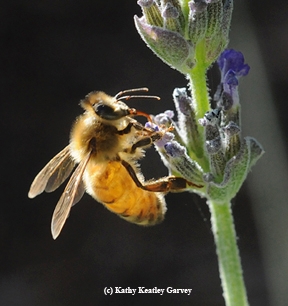
In his Quora answer, Shelomi discusses research findings and new research underway. "Here is perhaps the biggest finding from the honey bee genome research: Honey bees are naturally lacking in immunity and detoxification genes. Compared to other insects, bees lack many natural defenses! Namely, they have fewer glutathione-S-transferases, carboxylesterases, and cytochrome P450's, which are the proteins animals (including humans) use to break down toxins. Bees eat pollen and honey, which are hardly toxic. In the millions of years of their evolution, they have lost many of these genes for defense, which means all honey bees are naturally weakened against diseases and chemicals."
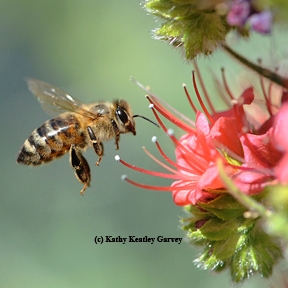
So, bottom line? "I'll give you a hint: it's not one thing," Shelomi wrote. "No matter what you are reading, if you find any source that names only one cause for CCD -- a single chemical, a single pesticide, a single company, a single country-- then you should stop trusting that source. On anything. Ever. Science doesn't work that way, and, no, there is no one cause for CCD, nor is there one solution. Anyone who says otherwise is either pushing a certain viewpoint on you or hasn't done there research. Here's the big reveal."
When you get a chance, read his entire essay and take note of his summary: "...CCD happens because bees have a naturally poor immunity to disease and to chemicals, both of which they are exposed to at higher rates and often together, and that immunity is made worse due to poor diet and stressful conditions. There is no one cause, nor is there one solution."
What we can do to help the bees? "Two things. Plant flowers that bees like in your garden, if you have one. Help undo the damage of habitat loss by giving bees a source of food on your property. The second is to support your local beekeeper by buying local honey, if appropriate. Go to a farmers' market or otherwise get the honey from someone raising bees nearby. It will help them out, and you can ensure you are getting real honey and not laundered stuff."
Shelomi is spot on when he says that "the best thing you can do is stay informed... and that doesn't mean finding one source of information and trusting them blindly. To stay informed means you will always need new information, and are never satisfied. It means always doubting every new news story that pops up, especially if it seems too good to be true or claims to 'finally' answer a question. It means don't confuse a conspiracy theory website or an anti-agrotech blog, or even a news report, for actual scientific data. Nor should you trust one scientific paper above all others, especially if it's a single study and not a meta-analysis. Science is ever changing: look at how much our knowledge of bees changed since 2006, how many theories were tested, championed, then abandoned as new evidence came up. Even all I've posted here may one day change (though it's pretty well accepted so far). The story of the honey bees isn't over yet... but I promise it will not have a grand finale or a single climax, but rather will be complex and full of intertwining characters, and the ending, though perhaps not as spectacular, will be much more satisfying."
Excellent advice. Stay aware. Stay informed. Stay tuned.
Attached Images:

Matan Shelomi, wearing a UC Davis entomology shirt, stands in front of the Reichstag in Berlin.
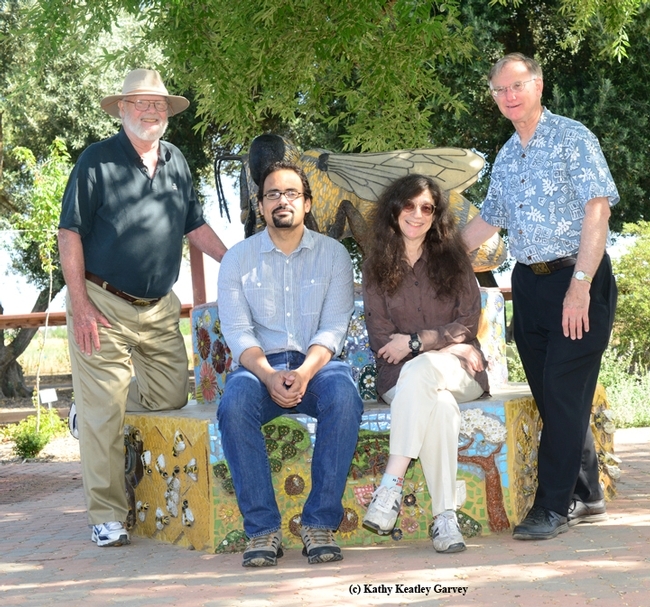
Noted entomologist May Berenbaum lectured May 20 at UC Davis on disappearing bees and then visited the Department of Entomology and Nematology's bee garden. With her (from left) are UC Davis bee authorities Robbin Thorp, Brian Johnson and Eric Mussen. (Photo by Kathy Keatley Garvey)